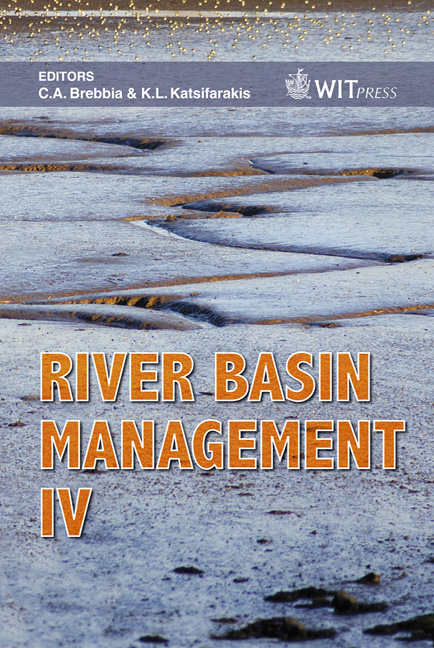Natural Hazard Management BUWELA
Price
Free (open access)
Transaction
Volume
104
Pages
8
Published
2007
Size
875 kb
Paper DOI
10.2495/RM070271
Copyright
WIT Press
Author(s)
G. Holzinger & H. Gruenwald
Abstract
In the field of activities of the local bureau of the Foresttechnical Service of Torrent and Avalanche Control for the Burgenland and Southern Lower Austria regional studies are gaining importance as an instrument of natural hazard management. In the scope of such studies up to now hydrologic regions such as river basins have been the working unit. This means that the processes were predefined and the field of interest has been chosen by geographic matters. For the geographic region \“BUcklige Welt – WEchselLAnd” (BUWELA), we find a quite homogenous area, with different processes causing alpine natural hazards. This area covers different hydrologic units contributing to different supraregional river basins and thus exceeds the classic way of demarcation of project areas. Therefore in a first step the scientific basics for the whole area of about 1300 km² are set up. The work of this first phase of the project is done by scientific institutions, which will deliver a global interdisciplinary database, describing the background for the processes occurring within the project area. In a second step process analyses will be put into effect. After a spatial distribution of type and intensity of relevant processes is known, the requirements for natural hazard management at the state of the art are given. With the knowledge of the different processes and their interaction protection strategies can be found by investigating the dealing of humans and society with these hazards. Finally this will lead to hazard mapping as well as development of regional protection strategies and detailed planning of measures. This new approach will turn over the procedure of natural hazard management from a bottom up to a top down viewpoint which allows implementing the regional interaction of various natural processes and allows decision makers to concentrate mitigation measures on the process itself instead of treating the symptoms of it. Keywords: hydrology, natural hazard management, risk analysis, integrated watershed planning, river and watershed management.
Keywords
hydrology, natural hazard management, risk analysis, integrated watershed planning, river and watershed management.





